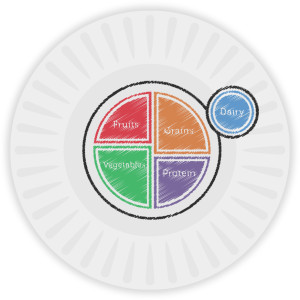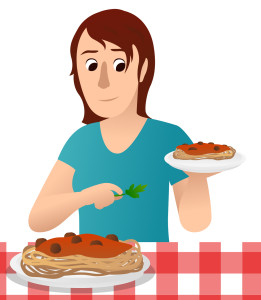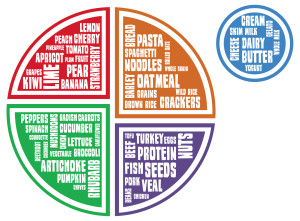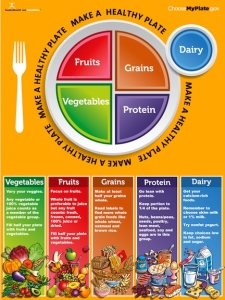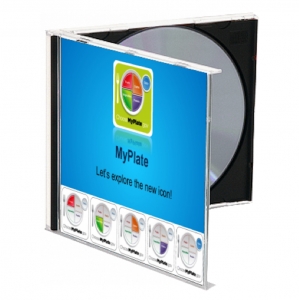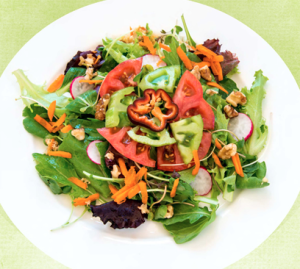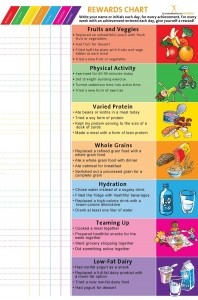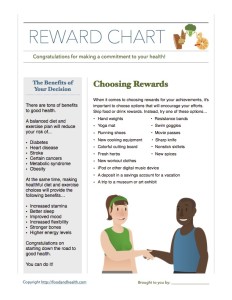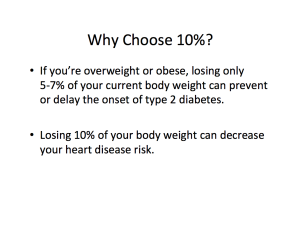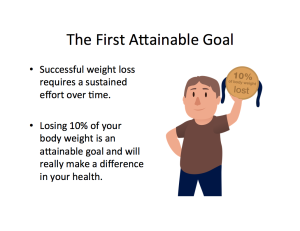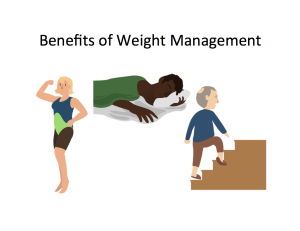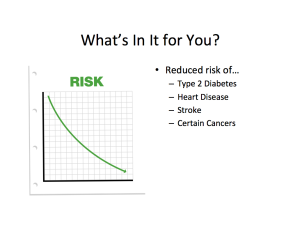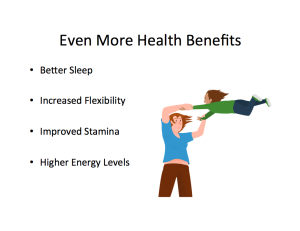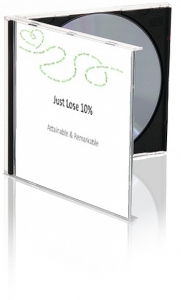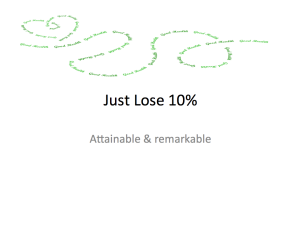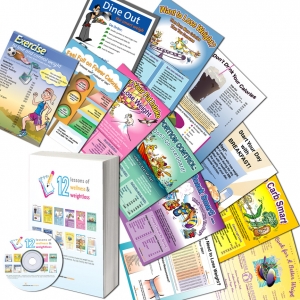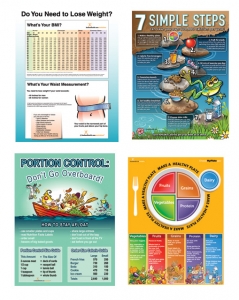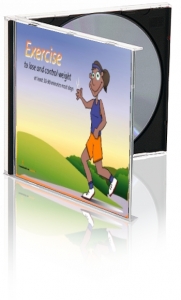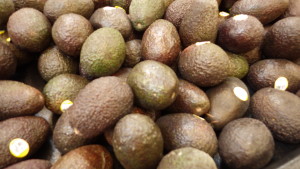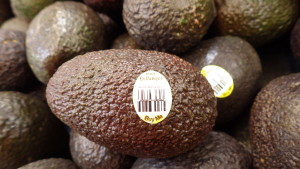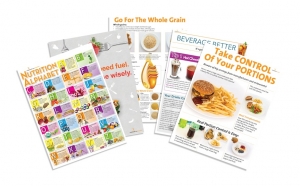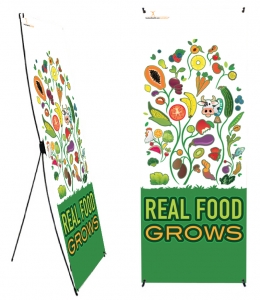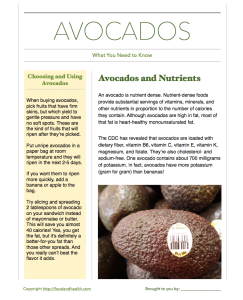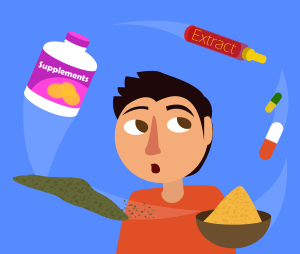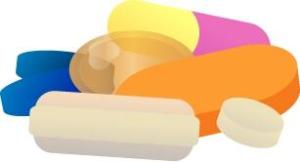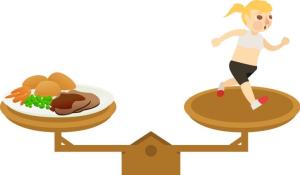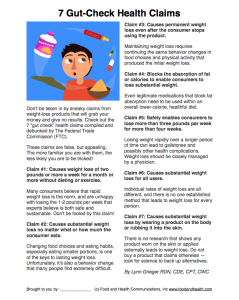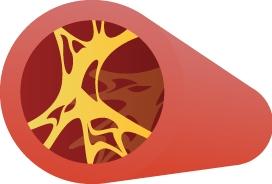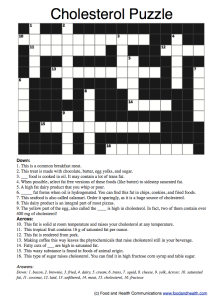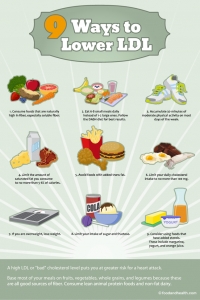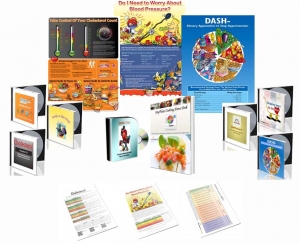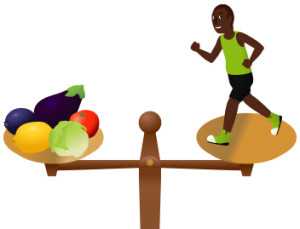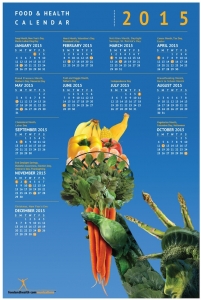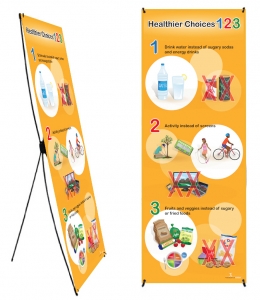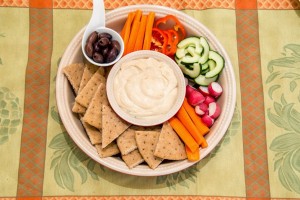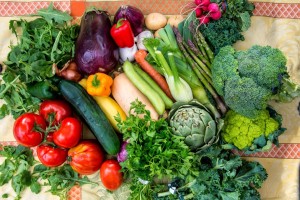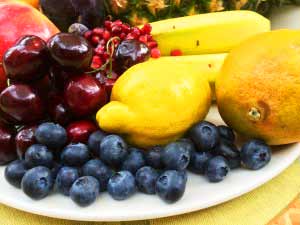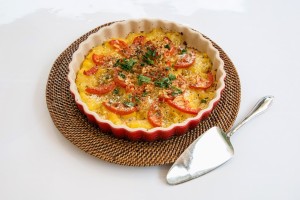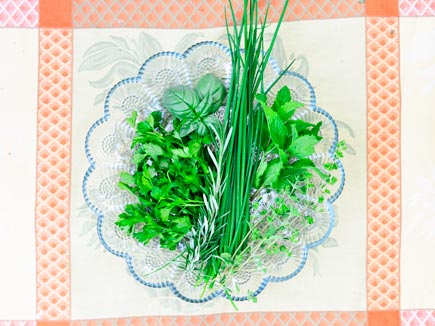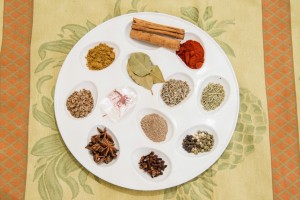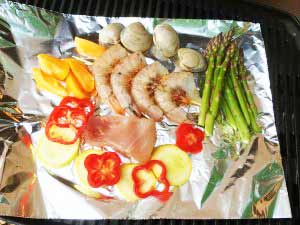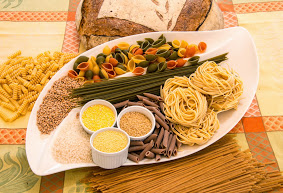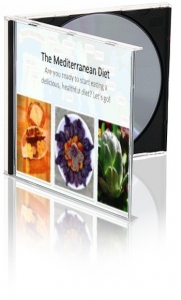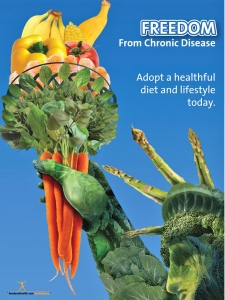Everyone wants to know the best diet for health or weight loss, and more than half of all Americans followed some diet at some point in the past year, spending $33 billion dollars on diets. Instead of you spending hours reviewing diets to figure out the pros and cons, U.S. News and World Report do the work for you.
How do you choose which is best for you with hundreds of diets available?
Each year U.S. News and World Report puts together a panel of nationally recognized registered dietitians, nutritional epidemiologists, weight-loss researchers, and physicians who are experts in nutrition, weight management, food psychology, and chronic disease to rate selected diets. The panelists also develop an in-depth profile for each diet they review, explaining how the diet works, determining whether its marketing claims are realistic, scrutinizing it for possible health risks – and revealing what it’s like to live on the diet, not just read about it.
The diet review is based on questions you might be curious about yourself, including:
- Are all food groups included in the diet?
- Are nutrient-rich foods emphasized?
- Does the diet require vitamins, nutrient supplements, fiber drinks or hard-to-find specialized products?
- Does the diet encourage a healthy and realistic timeline for weight loss?
- Is a plan for maintaining weight loss included?
- Are the foods called for widely available and easy to procure?
- Can the diet be modified to meet cultural, religious, or other personal preferences?
- How time-consuming is the planning, shopping, and preparing meals and snacks?
- Can the diet be easily adapted for the whole family?
- Are age, body type, and activity level considered when recommendations are prescribed?
- The expert panel also calculated the nutritional adequacy of each diet and considered how it might prevent or manage health conditions, including cardiovascular health, diabetes, inflammation, and bone and joint health.
Diets reviewed
This year 38 popular diets were reviewed and ranked based on a 5-star scoring system for overall health, weight loss, fast weight loss, and ease of following. The diets are ranked into 11 different categories:
- Best diets overall – #1 is Mediterranean Diet
- The best plant-based diet #1 is the Mediterranean Diet
- Best weight loss diets – #1 is WW (WeightWatchers)
- Best fast weight loss diets – #1 is Keto
- Best diet programs – #1 is WW
- Best diets for bone and joint health (a new category this year) – a tie for #1 with the DASH and Mediterranean diets
- Best family-friendly diets – a 3-way tie for #1 between Mediterranean, Flexitarian, and TLD diets
- Best heart-healthy diets – #1 is the DASH diet
- The best diet for diabetes – #1 is the DASH diet
- Best diets for healthy eating – #1 is the Mediterranean Diet
- Easiest diets to follow – a tie for #1 between Flexitarian and TLC diets
2023 Best Diets
Plant-based diets came out again this year, with the Mediterranean diet earning the best overall diet for the 6th year. The DASH and flexitarian diets tied for second place. It’s clear that choosing whole, less processed foods and filling your plate with more plants – fruit, vegetables, legumes, whole grains, nuts, and seeds – is a key strategy for good health.
The Mediterranean diet ranked in the top five in all categories except for fast weight loss which is why it came out on top.
The Mediterranean diet can easily be adapted to fit foods from other places in the world: for example, the Nordic diet swaps root vegetables instead of tomatoes and eggplant, and the Asian diet relies on rice, lentils, and sweet potatoes instead of grains.
The pros of the Mediterranean diet include the following:
- A wide variety of foods to choose from, with no foods that are forbidden or off-limits
- No counting carbs, points, calories, or macros – focus on fresh, whole foods
- Proven health benefits from numerous research studies
The expert panel identified two negatives to the Mediterranean diet:
- Requires meal planning and preparation (no relying on convenience foods)
- No in-depth nutrition guidance – although many research studies have shown that when you focus on filling your plate with less processed and plenty of plant foods, you’re naturally getting the nutrients your body needs.
Where are the low-carb diets ranked?
Even though low-carb diets such as keto and Atkins are extremely popular, they aren’t top-ranked because they are restrictive, eliminate food groups known to provide health benefits, and are hard to follow. Even though the keto diet is ranked #1 and Atkins #2 for quick weight loss, most people find it impossible to stick with this plan long-term. They ended up ranked #20 and #21 overall.
What is the worst diet?
The Raw Food Diet ranked 1.7 out of 5, coming in last out of the 24 diets reviewed. The Raw Food Diet promotes consuming food that hasn’t been cooked, processed, microwaved, irradiated, genetically engineered, or exposed to pesticides or herbicides. Most of the foods are vegan, but some animal foods, such as raw unpasteurized milk and sashimi, can be included.
The positives to the Raw Food diet are:
- No counting carbs, points, calories, or macros.
- It’s high in fiber, so very filling.
- However, there are more negatives than positives:
- Eating out can be very limited.
- Consuming all the nutrients your body needs for good health is challenging.
- There is little research to back up the claims that cooking destroys most of the vitamins in food and nearly all of the immune-boosting plant nutrients.
Our take on the 2023 diet rankings
There aren’t any surprises here because a solid body of research shows that eating more plant-based foods and choosing less processed foods promotes good health. Plus, this way of eating can be easily adapted to include favorite cultural and regional foods and offers a lot of flexibility in meal planning. The U.S. News and World Report is a fantastic resource with in-depth explanations of each diet, health benefits, potential health risks, cost, how to adapt the diet to your budget, sample menus, and shopping lists.
References
- U.S. News & World Report. U.S. News Best Diets: How We Rated Eating Plans and Diets. https://health.usnews.com/wellness/food/articles/how-us-news-ranks-best-diets. By Elaine Hinzey, RDN, LD and Gretel Schuelle. Published 1-3-2023.
- U.S. News & World Report. Best Diets Overall 2023. https://health.usnews.com/best-diet/best-diets-overall?src=usn_pr published 1-3-23; accessed 1-3-23
- U.S. News & World Report. Experts Who Reviewed U.S. News Best Diets. https://health.usnews.com/best-diet/experts published 1-3-23; accessed 1-3-23.
Author: Lynn Grieger, RDN, CDCES, CPT, CHWC



